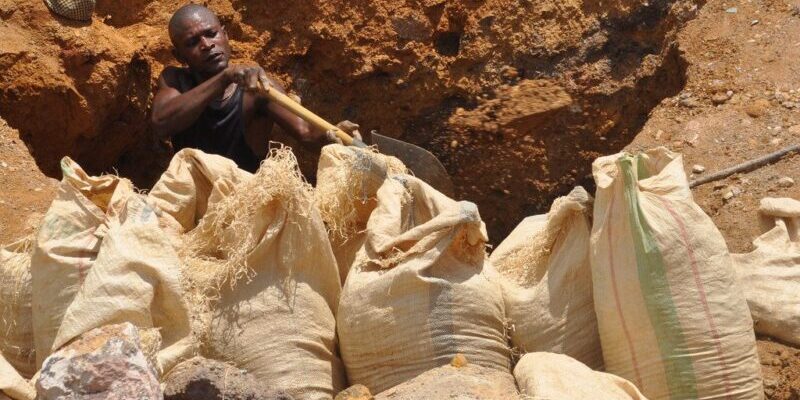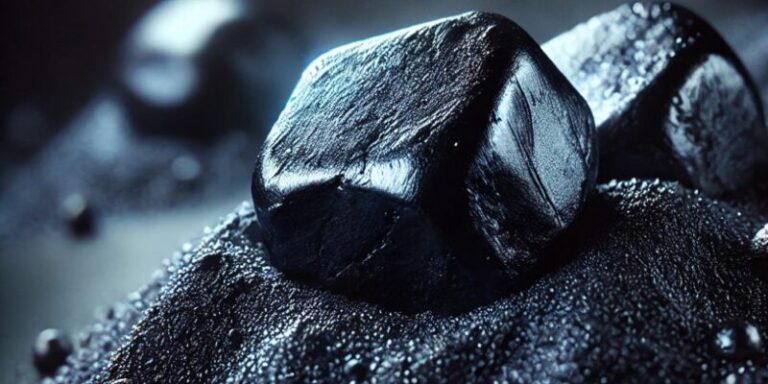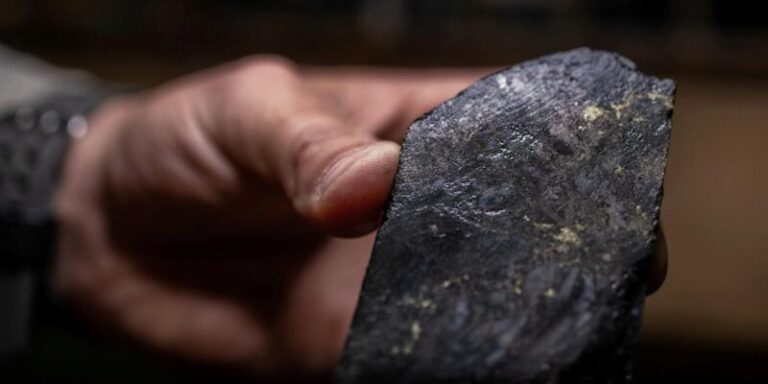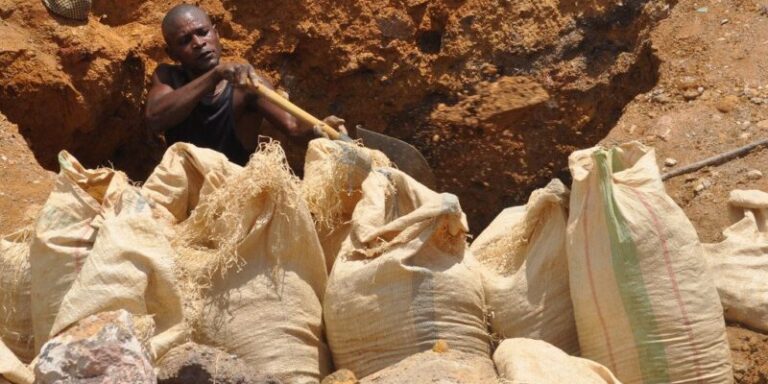
In the Democratic Republic of Congo (DRC), artisanal cobalt mining—a sector that has historically contributed between 10% and 30% of national output—is facing a sharp decline.
According to the Cobalt Institute’s annual report released on May 14, 2025, artisanal mining accounted for just 2% of the country’s cobalt production in 2024.
This marks a historically low level of contribution from small-scale miners, sharply contrasting with previous years.
“In 2018, when cobalt prices peaked above USD 40 per pound, artisanal miners represented around 10% of the DRC’s output,” the report states.
“By 2024, amid a surge in both local and global supply, Benchmark estimates their share dropped below 2% of national production—or roughly 1% of global output.”
Experts attribute this drastic reduction to two main factors: the rapid expansion of industrial mining operations and a sustained decline in cobalt prices over recent years.
While the report outlines these contributing elements, it does not provide specific figures for artisanal cobalt output in recent years, making independent verification of the trend difficult.
One analyst criticized the lack of transparency in official data, noting, “Unlike diamonds, gold, or tin, cobalt production and export statistics in the DRC are not broken down by mining method.”
The Cobalt Institute highlights that this shrinking artisanal footprint is not necessarily due to lower mining activity but rather the overwhelming increase in industrial-scale production, which has outpaced and displaced the informal sector.
However, the landscape may shift again in 2025. A temporary suspension of cobalt exports, announced by the Congolese government in February, has triggered a sharp price rebound—over 50%—since the start of the year.
This price rally could incentivize renewed activity in the artisanal mining sector, at least in the short term.
As the global demand for cobalt continues to rise—driven largely by electric vehicles and battery technologies—the evolving balance between industrial and artisanal mining in the DRC remains a critical issue for policymakers, industry players, and human rights advocates alike.





